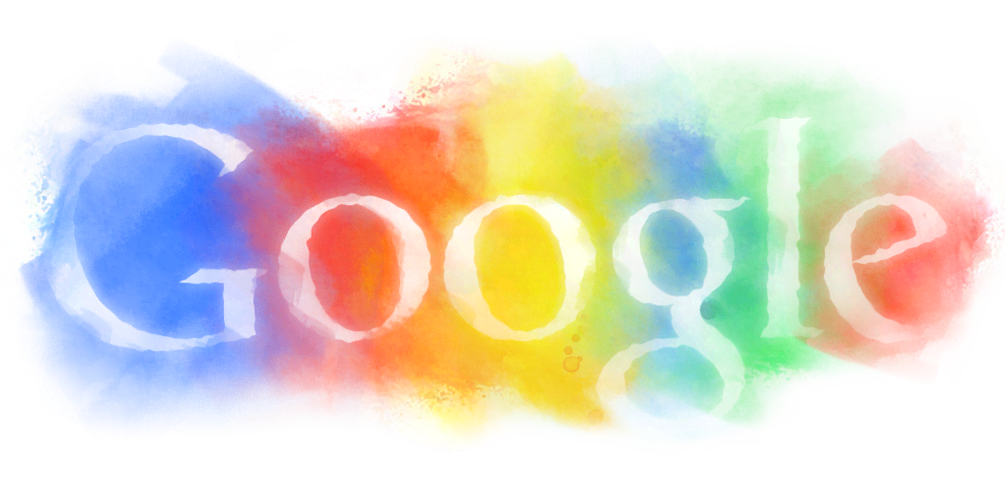Pebble Time First Impressions
/So my Pebble Time is finally here, and my first impressions will be unfortunately brief. The build quality is far superior to that of the original!
The body itself is a beautifully textured plastic that actually feels quite nice while you're wearing it. The bezel is a brushed metal, and the screen cover glass is now gorilla glass. The buttons on the watch all have a nice tactile feeling to them. They have a bit of give in them so they don't actuate immediately ( i suppose in case you bump into things or if it is lightly pressing into your hand.) I would describe it as a similar effect to the half-press of a DSLR shutter. When it does actuate, it has a nice solid feel. Lastly, the band. I actually like the rubber band of the Pebble Time a bit more than the fluoroelastomer sport band of the Apple Watch. The Pebble's is just a bit softer, and a bit nicer feeling. All in all the package seems much better put together than the last iteration. It's no Apple Watch as far as construction, but it's also about half the price.
Unfortunately, that is where my impressions will have to end. At least for now. As I'm an iOS user, I'm not able to actually activate and pair my Pebble Time, because the Pebble Time app is stuck in App Store purgatory at the moment. This is more than a little frustrating, but since I sincerely doubt Apple is worried even a little bit about Pebble, I'm sure they will approve it shortly. At that point I can do a more full review.
For now, not bad. I cant wait to see how it actually WORKS.




